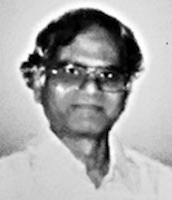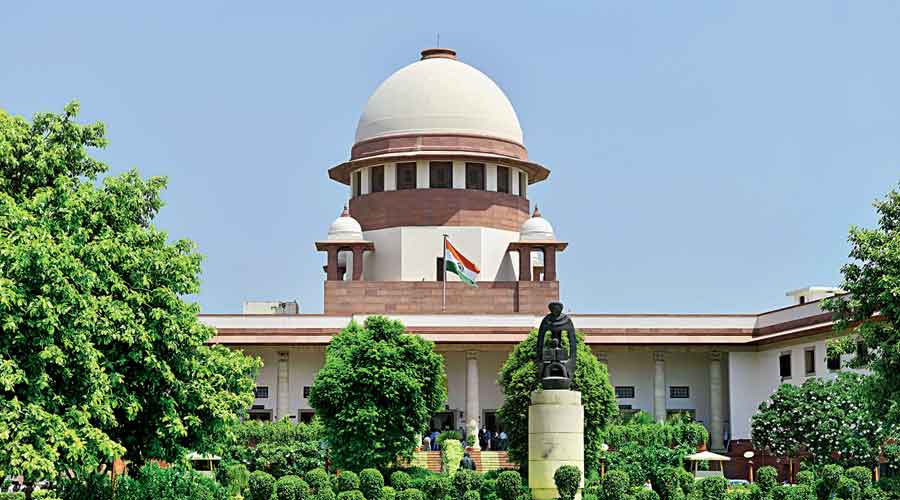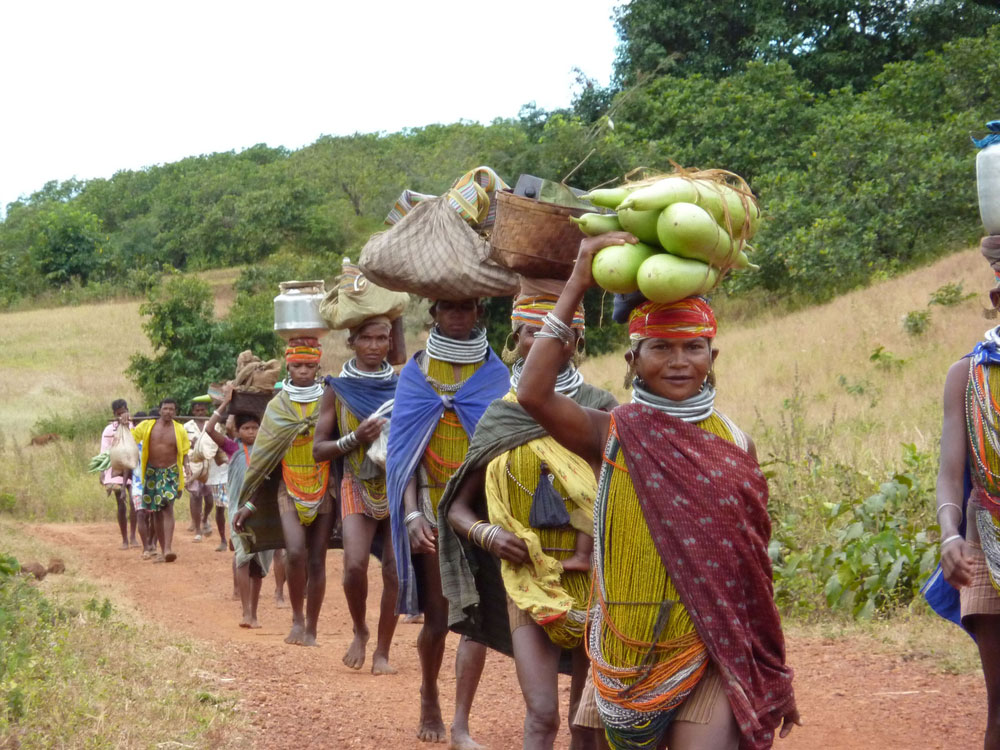All the ideas and activities of Hindu nationalists ultimately point to the maintenance of the social order that was envisaged in the Rig Veda. Their plan is to divide society into four Varnas (castes). The general understanding of Hindu nationalism is that at the heart of it is a hatred for Muslims and Christians. But in fact this hatred is only the surface.
Deep down, the ideologues – from Tilak to Savarkar to Golwalkar to those at the helm today – have the sole objective of keeping the caste system intact. Hedgewar did not say that expressly but each of the aforementioned ideologues did.
The concept of Hindu nation has not been necessiated by the presence of Muslim or Christians. According to Dr Ashok Modak, author of Sanghache Ahvan* (Challenge of the Sangha), Golwalkar once said that the movement for a Hindu nation would have been a necessity even if there was no Mohammad Paigambar. The Hindu nationalist ideologues say that India has been a Hindu nation since ancient times. They have been quick to point out that Hindu nation was not a reaction to Islamic rule. The caste system thus predates both the Islamic and European conquests of India.

M.S. Golwalkar’s obsession with caste
Golwalkar wrote We or our Nationhood Defined before he joined the RSS in 1939. He clearly states in the book that the fourfold social division is the Hindu nation model. His much-talked-about book, Bunch of Thoughts, focuses on this model from the beginning to almost the end. The antagonism towards Muslims comes up much later in the book. That is not the central theme of his thinking. Most authors and academics, both Indian and foreign, have missed this point.

Before going into the quotations from Bunch of Thoughts, sample this quote from Golwalkar’s first book: “In addition to this factor of power and glory in the country, some other factors, descriptive of a good country for the Nation, show that it should have all four classes of society as conceived by Hindu Religion and should be free from free-booting hunters and Mlechchh as this latter word meaning all those who do not subscribe to the social laws dictated by the Hindu Religion and Culture.” (We or Our Nationhood Defined, 1939)
In the second chapter of the book, “Challenge of the Times”, he says:
- “Equality is a myth in practice.” (p 18 )
- “Not equality but harmony.” (p 19 )
- “The individual is a living limb of the corporate social personality.” (p 20)
Here, he quotes a stanza from the Rig Veda in which the Brahmin is the head, king the hands, Vaishya the thighs and Shudra the feet.
He explains: “This means that the people who have this fourfold arrangement, ie the Hindu people, is our God. That vision inspires us to look upon every individual of our society as a part of that Divine Whole.” (p 25)
- “Our definition of Dharma is twofold. The first is proper rehabilitation of man’s mind; and the second is adjustment of various individuals for a harmonious corporate existence, ie a good social order to hold the people together.” (p 35)
- “We built a great civilization, a great culture and a unique social order.” (p 56)
- “The great cultural virtues fostered in our society were sought to be demolished. The links with the past were hammered away. Dharma was at a sad discount. The whole social fabric was being rent to shreds. Devotion to the nation and its heritage had reached such a low pitch that the Buddhist fanatics invited and helped the foreign aggressors who wore the mask of Buddhism. The Buddhist sect had turned a traitor to the mother society and the mother religion.”(p 66)
Here he cries foul of Buddhism because it struck the Vedic social order and mother religion, ie Vedic Hindu religion.
- “Our old social order laid down a specific duty for each group and guided all the individuals and groups in their natural line of evolution just as the intellect directs the activities of the innumerable parts of the body. The highest scope for development of the individual was secured in the process of his best service to the ‘virat purusha’ (corporate person) of society. Such was the highly complex and organized structure of society that we had envisaged as the practical ideal and strove to realize it in life. This state looked at from a distance appears as a bewildering diversity but in fact denotes the highest evolved state of society that ever existed in the whole of the world.” (p 100).
- “We know as a matter of fact that our northwestern and northeastern areas, where the influence of Buddhism had disrupted the caste system, fell an easy prey to the onslaught of Muslims. Gandhar, now called Kandahar, became completely Muslimised. Conversion took a heavy toll in east Bengal too. But, the areas of Delhi and Uttar Pradesh, which were considered to be very orthodox and rigid, remained predominantly Hindu even after remaining as the citadels of Muslim power and fanaticism for a number of centuries. (p 109)
- “Castes there were in those ancient times too, continuing for thousands of years of our glorious national life. There is nowhere any instance of it having hampered the progress or disrupted the unity of society. It, in fact, served as a great bond of social cohesion.” (p 108)
- “Some wise men tell us that no man is born as Hindu or Muslim or Christian but, as a simple human being. This may be true about others but for a Hindu he gets the first Sanskar (imprint) when he is in the mother’s womb and the last when his body is consigned to the flames … In fact, we are Hindus even before we emerge from the womb of the mother. Others become later on Muslims or Christians.” (p 119 )
- “We had a unique social order and highly evolved political institutions. (p 202)
- “If the socialism is meant removal of economic inequality, then here again it is the Hindu thought and practice that stands as the unfailing guarantee for social and economic justice. Manu has declared that a man’s right to property is limited to the amount of food he needs for the day.” (p 324).
- “Bharatmata holding in one hand the Kamala, the power to bless the good, and in the other the Vajra, the power to strike down evil, the very embodiment of Brahma Teja and Kshatr Teja.” (p 325)
Golwalkar gave an interview to Nava Kal, a Marathi daily from Mumbai, on 1 January 1969. In it, he stressed how important the Varna system is for a disciplined, permanently stable society. He also says, “Varna system is the creation of God and that cannot be destroyed, even if man tries to undo it.”
How Chaturvarnya or Varna system is basic to the concept of a Hindu nation is obvious from these thoughts of Golwalkar.

V.D. Savarkar: ‘Varna system has become our identity’
Now, about V.D. Savarkar, who has been projected by some as the rationalist Hindu – his stand on the cow and his pro-science views are cited to prove the point. He says, in his book, Hindutva:
- “Varna system has become nearly the main identity of our nationality.”
- “In a country where there is no Chaturvarnya that country is Mlechha (alien) country. Aryavart is separate.” (Hindutva, 1923)
- “Savarkar also says Brahmin rule is the model for a Hindu nation. Until 1818 there was Peshwa (Brahmin) rule in parts of Maharashtra. It was conquered by the British in 1818. Referring to that defeat of Peshwas, Savarkar says, “here in 1818 lies the grave of the last and one of the most glorious of our Hindu Empires.” (p 276)
- “We have traced the organic growth and development of our Hindu nation to the fall of the Maratha Empire in 1818.” (p 308)
The “glorious” Peshwa rule that Savarkar talks about had the Untouchables hanging pots around their necks to spit in and tying brooms around their waists to erase their footprints. Is that the kind of nation Hindu nationalists dream of?
* Ajinkya Prakashan, Satara, Maharashtra, 1985.
Copy-editing: Anil
Forward Press also publishes books on Bahujan issues. Forward Press Books sheds light on the widespread problems as well as the finer aspects of Bahujan (Dalit, OBC, Adivasi, Nomadic, Pasmanda) society, culture, literature and politics. Contact us for a list of FP Books’ titles and to order. Mobile: +917827427311, Email: info@forwardmagazine.in)
The titles from Forward Press Books are also available on Kindle and these e-books cost less than their print versions. Browse and buy:
The Case for Bahujan Literature
Dalit Panthers: An Authoritative History
Mahishasur: Mithak wa Paramparayen
The Case for Bahujan Literature
Dalit Panthers: An Authoritative History
Mahishasur: Mithak wa Paramparayen







